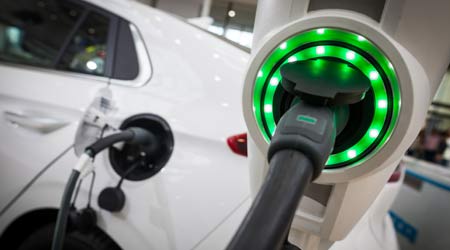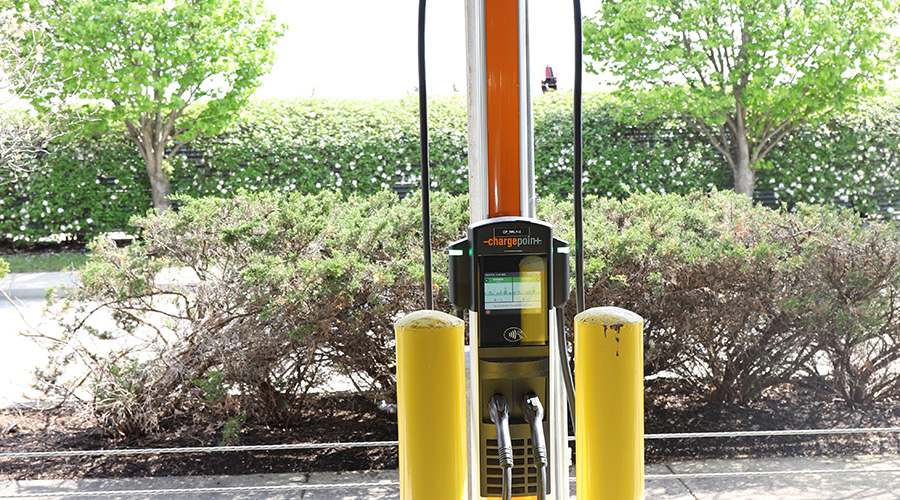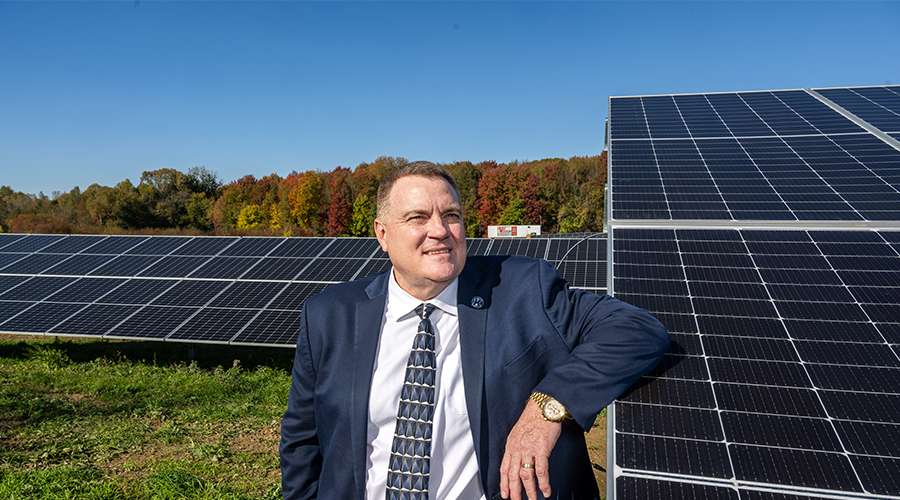 Charging stations vary significantly in power and cost.
Charging stations vary significantly in power and cost.Electric Vehicles: Should Facility Managers Invest In High-Speed Charging?
As electric vehicle sales continue to grow, building owners will face pressure to install charging stations. Here's how to choose the best for your facility.
By 2040, more than half of new car sales — 54 percent — will be electric, Bloomberg’s Electric Vehicle Outlook 2017 reports. As electric vehicle use grows, will building owners face pressure to install electric vehicle (EV) charging stations? No clear consensus has emerged.
On the one hand, California law now provides a framework for tenants to request permission from their landlords to install electric vehicle charging stations, says Sandra Boyle, senior managing director with Cushman & Wakefield.
Similarly, in January 2018, San Francisco’s EV Readiness ordinance took effect. It requires new residential, commercial, and municipal buildings to have sufficient electrical infrastructure to simultaneously charge vehicles in 20 percent of their parking spaces, Boyle says. “On day one, a new building will be required to have circuits for EV chargers installed in 10 percent of parking spaces, with the capability to expand from there in order to meet tenant needs,” she adds.
Sales of electric vehicles are growing at 40 to 50 percent annually, says Chris Nelder, a manager with Rocky Mountain Institute’s mobility practice. Facility owners who don’t offer charging stations will be at a disadvantage within a couple years, he says.
Building owners and developers who install charging stations must choose from three levels. A report by Rocky Mountain Institute, From Gas to Grid, outlines them:
Level 1: All electric vehicles come capable of Level 1 charging; their owners just need to plug the car into a standard wall outlet. This is an inexpensive, but slow way to charge. “It’s about the same power draw as a hair dryer,” Nelder says.
Level 2: Level 2 chargers require installing a special charging unit and access to 240V electric service. The costs can run from about $500 for an off-the-shelf unit that homeowners install themselves, to around $6,000 for a commercial installation that requires removing and replacing concrete, trenching, running conductors, and other jobs. That’s not insignificant, but some utilities offer rebates.
These stations offer more power than their Level 1 counterparts. Even so, completely recharging a battery can take ten hours. Still, charging sessions of five to six hours — easily accomplished during normal work hours — would be enough to top off a vehicle.
Level 3 or DCFC: These chargers are about ten times faster than Level 2 charges, Nelder says. They’re also significantly more expensive. Costs can run between $30,000 and $50,000 per unit, plus another $50,000 (or more) for installation.
Given the expense, dramatically increasing the number of Level 3 chargers will require, according to Gas to Grid, “patient capital.” That is, the increase needs investors who can wait until enough electric vehicles are on the road that the market for these chargers grows, driving down costs.
Build it and they will come?
Given the projected growth in EV sales, and the fact that Level 1 and Level 2 charging stations can be provided relatively inexpensively, should facilities owners offer them? “It’s important that any large commercial building have the charging infrastructure to support high speed (charging),” Nelder says. “I think it will be a real need within next five years.”
“Landlords should anticipate an increasing need for charging stations, at least in the short term in some markets,” says Laura Sagues, senior vice president with CBRE’s San Francisco office.
Others advocate more of a “wait-and-see” approach. Many building owners say they’ll put them in when they notice demand for them, says Bob Best, sustainability lead with Jones Lang LaSalle. To date, that demand has yet to emerge in many parts of the country.
Moreover, as battery ranges increase, fewer people will need to charge their autos while at work, Best says. “When electric charging stations first hit the scene, it was when cars could go fifty miles,” he says. Now, some can go 150 miles or more on a charge. ■
Karen Kroll, a contributing editor for Building Operating Management, has written extensively about real estate and facility issues.
Email comments and questions to edward.sullivan@tradepress.com.
Related Topics:


















